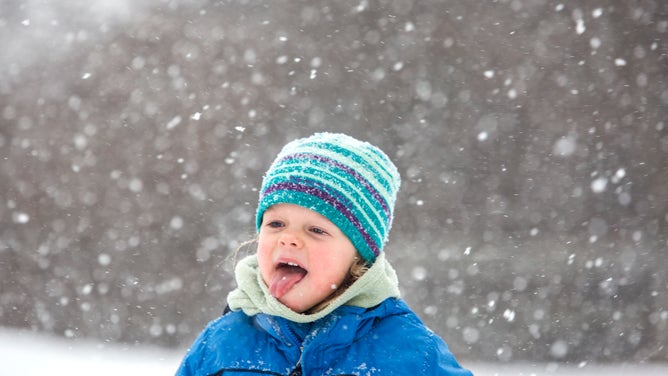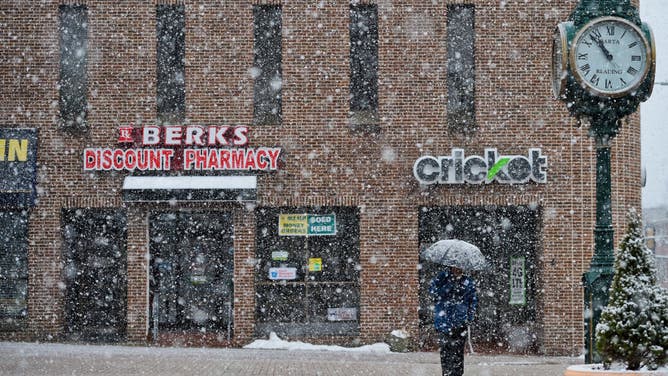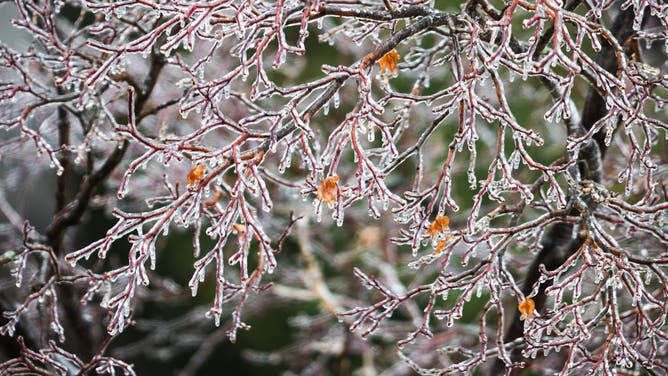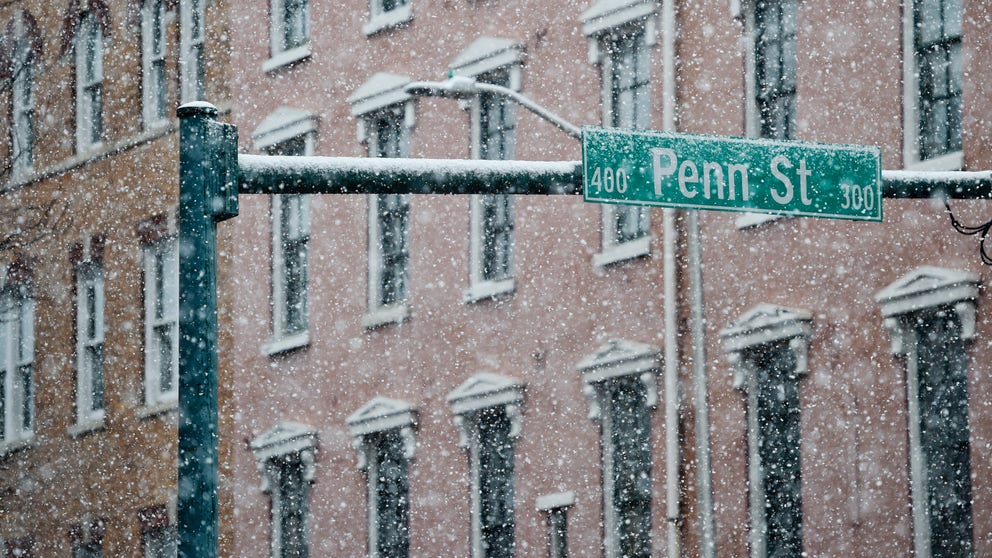How cold does it have to be to snow?
It does indeed have to be 32 degrees or below for precipitation to become snowflakes, but it does not have to be 32 degrees on the ground for snowfall to be observed.
How cold does it have to be to snow?
Snow fans don't have to get the temperature all the way down to the freezing mark to see snow -- you can still experience a wintry wonderland with temperatures a little above freezing.
If you've ever wondered how cold it must be to snow, the simple 3-second answer might be: "When it's 32 degrees" (or colder).
But snow fans will be happy to know that while the temperature does indeed have to be 32 degrees or below for precipitation to become snowflakes, you can still experience a wintry wonderland with temperatures a little above freezing along the ground.
The simplest reason snow can fall while the temperature is a few degrees above freezing at your house is that it takes some time for the snow to melt. The precipitation begins its downward journey from the cloud base in the form of snow and will remain as snow as it falls unless the air temperature rises above freezing when the melting process begins.

PORTLAND, ME - FEBRUARY 9: Elsa Damon-Pelletier, 4, of Portland catches snowflakes on her tongue while visiting Fort Sumner Park with her mother and brother on Thursday morning. (Photo by Derek Davis/Portland Portland Press Herald via Getty Images)
If the above-freezing layer of air is limited to near the surface, the snow won't have much time to melt before it reaches the ground, allowing it to keep snowing even if your outside thermometer says 33, 34, or 35 degrees. (Though each degree of warming above freezing will get you diminishing returns on snowfall, usually 34-36 degrees "snow" being more of a rain/snow mix.)
However, it can snow with ground temperatures in the upper 30s -- or, in rare cases, even well into the 40s -- if the warm layer is very thin, with temperatures quickly dropping below freezing with minimal elevation.
Large snowflakes are a sign of warming temperatures
If you've ever seen bursts of snow where snowflakes look uncommonly large -- perhaps even as much as 1-2 inches in diameter -- it's a sign that temperatures have warmed above freezing, and you may now be experiencing one of those warmer-than-32-degree snowfalls.
As snowflakes begin to melt, the light sheen of water on the outside of the flakes will act like glue. And during the chaotic scramble of snowflakes as they fall from the sky, snowflakes can then begin sticking together to make larger flakes.

Puffy snowflakes fall on Penn Street on Sunday, March 25, 2018. Photo by Natalie Kolb (Photo By Natalie Kolb/MediaNews Group/Reading Eagle via Getty Images)
Thus, if it's snowing and then the snowflakes begin to increase in size, it could be a signal that the snow is about to change over to a mix or rain.
On the flip side: It can also rain below freezing
Just as it can snow at 34 degrees outside your home, it can "rain" while it's 30 degrees outside too.
In that case, you have a warm layer of air sandwiched between a freezing layer aloft and another layer of sub-freezing temperatures on the surface, making for a bout of "freezing rain."

NEW YORK, NY - FEBRUARY 25: Frozen branches of a tree is seen as freezing rain hits in New York City, United States on February 25, 2022. (Photo by Tayfun Coskun/Anadolu Agency via Getty Images)
Precipitation begins its journey as snow, and it melts to rain once it reaches the warmer air mass. It'll freeze on impact if surface temperatures are below freezing.
Freezing rain may look like rain outside, but its dangers will soon become apparent when ice begins to form on all surfaces, leading to treacherous icy roads and potential tree and power line falls due to added weight of the ice.
